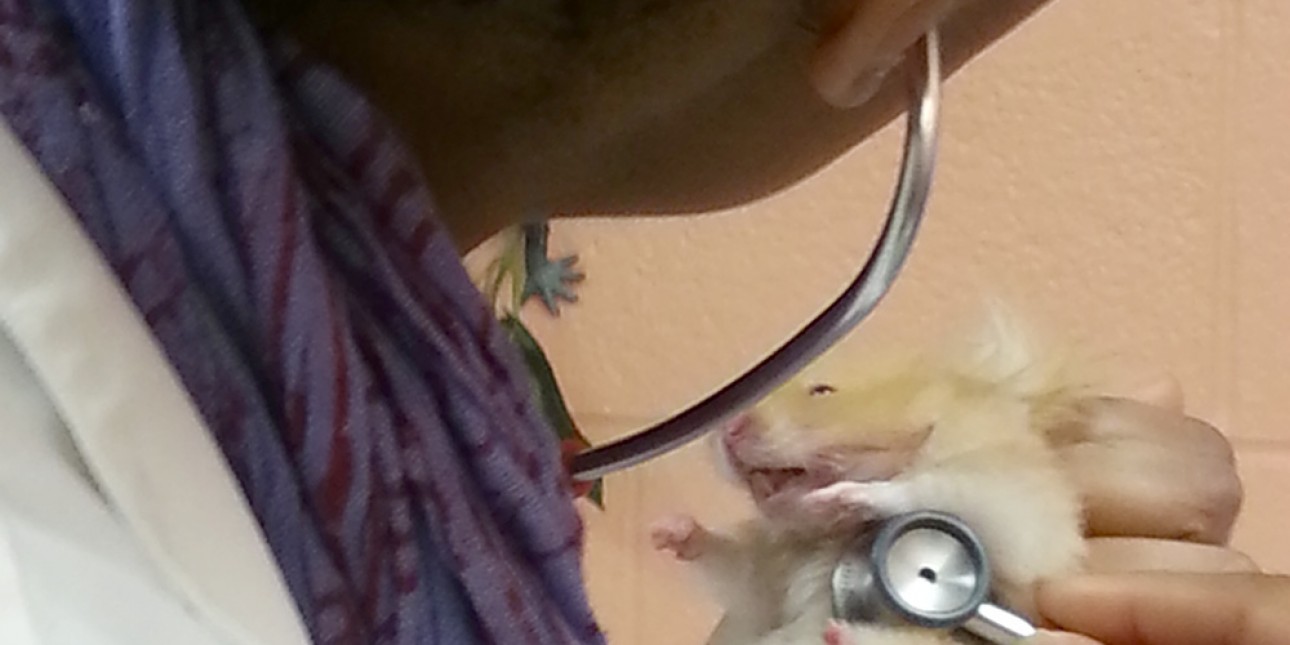In the Classroom: The Starfish

Our Pet Dragon
When we brought our new hamster into the classroom in March we spent a week or so brainstorming names at morning meeting: Hamster, Hairy, Prince, Softy, Pillow, Carpet, Speedy, Princess, Dragon, Cat, Cow, Fluffy..and so on.
We took a secret ballot and settled on Dragon (with Prince as the runner-up). A few weeks later Lily took Dragon for his annual check up.
At the check up Lily took pictures and made a classroom book about Dragon’s visit to the vet. We read the book to the class and then the following day we took a copy of our book and a card to thank Dr. La ‘Toya for taking care of our pet.
The SF were very excited about being able to visit the building where Dragon had seen the vet and Dr. La’Toya was thrilled to meet all the Starfish! This kind of trip is one of the things that is so great about PIC.
The children get to make a deeper connection with their community by taking walks and trips out into the world. The trip also helped build literacy skills as well. Now, when we read “Dragon goes to the Vet” the students will often say “We went there!” Or, “I met Dr. La “Toya!” and they learn to connect themselves and their own lives to what they read in books, which is a critical skill for successful readers.
Dragon is a Teddy Bear hamster, also known as a Syrian long haired hamster. As Dragon became a regular part of the classroom interest in him waned as we all became comfortable with his daily activities of eating, sleeping and drinking water, and of course, getting exercise in his hamster ball at meeting times.
Over the summer, when new children joined our classroom, excitement for Dragon increased. One particular morning a child was especially curious and asked questions that provoked some interesting discussion about Dragon, as well as about ourselves.
He wanted to know:
How he brush his teeth?
Where her arms?
Why her have four [arms]?
The way a teacher answers these types of questions is telling. For example:
child: Why her have small eyes?
teacher: Why do you think?
child: Because he’s little.
or this example:
child: Does he have shoes?
teacher: Do you see any?
child: Maybe he doesn’t go outside?
These kinds of questions and the responses show that the students are thinking deeply about the world around them. These types of exchanges encourage the children to make their own guesses, which not only supports scientific thinking, but also helps build confidence.